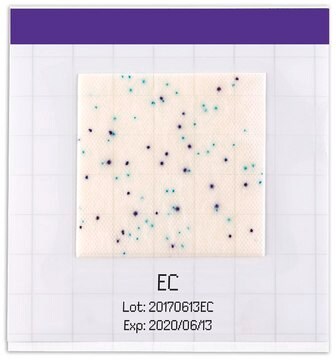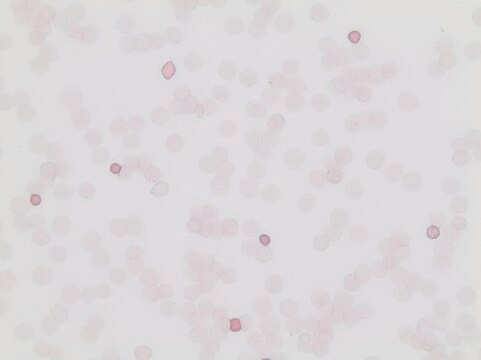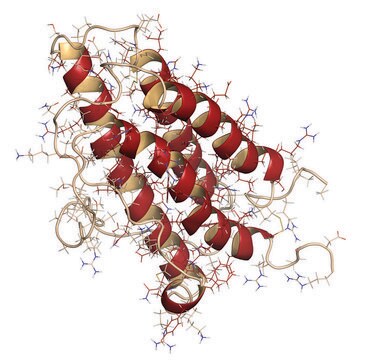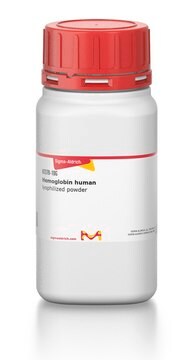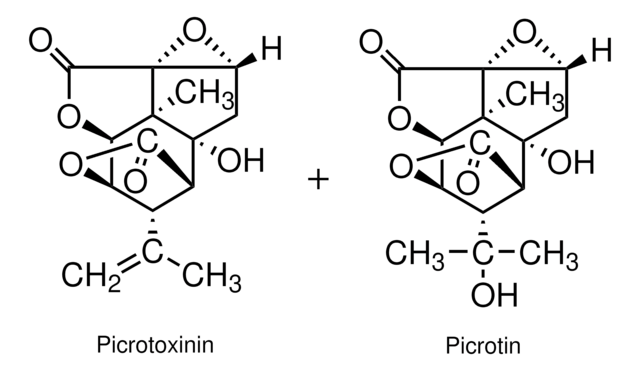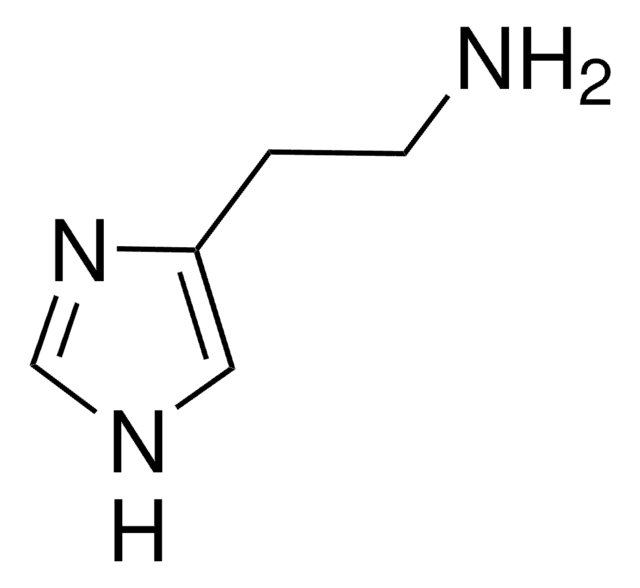Key Documents
C9635
DL-p-Chloroamphetamine hydrochloride
≥94% (HPLC)
Synonim(y):
4-Chloro-α-methylphenethylamine hydrochloride, PCA
About This Item
Polecane produkty
Próba
≥94% (HPLC)
Postać
powder
drug control
Home Office Schedule 1; regulated under CDSA - not available from Sigma-Aldrich Canada
kolor
white to off-white
mp
168-170 °C (lit.)
rozpuszczalność
DMSO: >20 mg/mL
H2O: >20 mg/mL
temp. przechowywania
−20°C
ciąg SMILES
Cl.CC(N)Cc1ccc(Cl)cc1
InChI
1S/C9H12ClN.ClH/c1-7(11)6-8-2-4-9(10)5-3-8;/h2-5,7H,6,11H2,1H3;1H
Klucz InChI
DZAANUYJOGCNLL-UHFFFAOYSA-N
Szukasz podobnych produktów? Odwiedź Przewodnik dotyczący porównywania produktów
Działania biochem./fizjol.
Hasło ostrzegawcze
Danger
Zwroty wskazujące rodzaj zagrożenia
Zwroty wskazujące środki ostrożności
Klasyfikacja zagrożeń
Acute Tox. 2 Inhalation - Acute Tox. 2 Oral - Repr. 2 - STOT RE 2 - STOT SE 3
Organy docelowe
Brain, Central nervous system
Kod klasy składowania
6.1A - Combustible acute toxic Cat. 1 and 2 / very toxic hazardous materials
Klasa zagrożenia wodnego (WGK)
WGK 3
Środki ochrony indywidualnej
Eyeshields, Faceshields, Gloves, type P2 (EN 143) respirator cartridges
Certyfikaty analizy (CoA)
Poszukaj Certyfikaty analizy (CoA), wpisując numer partii/serii produktów. Numery serii i partii można znaleźć na etykiecie produktu po słowach „seria” lub „partia”.
Masz już ten produkt?
Dokumenty związane z niedawno zakupionymi produktami zostały zamieszczone w Bibliotece dokumentów.
Nasz zespół naukowców ma doświadczenie we wszystkich obszarach badań, w tym w naukach przyrodniczych, materiałoznawstwie, syntezie chemicznej, chromatografii, analityce i wielu innych dziedzinach.
Skontaktuj się z zespołem ds. pomocy technicznej